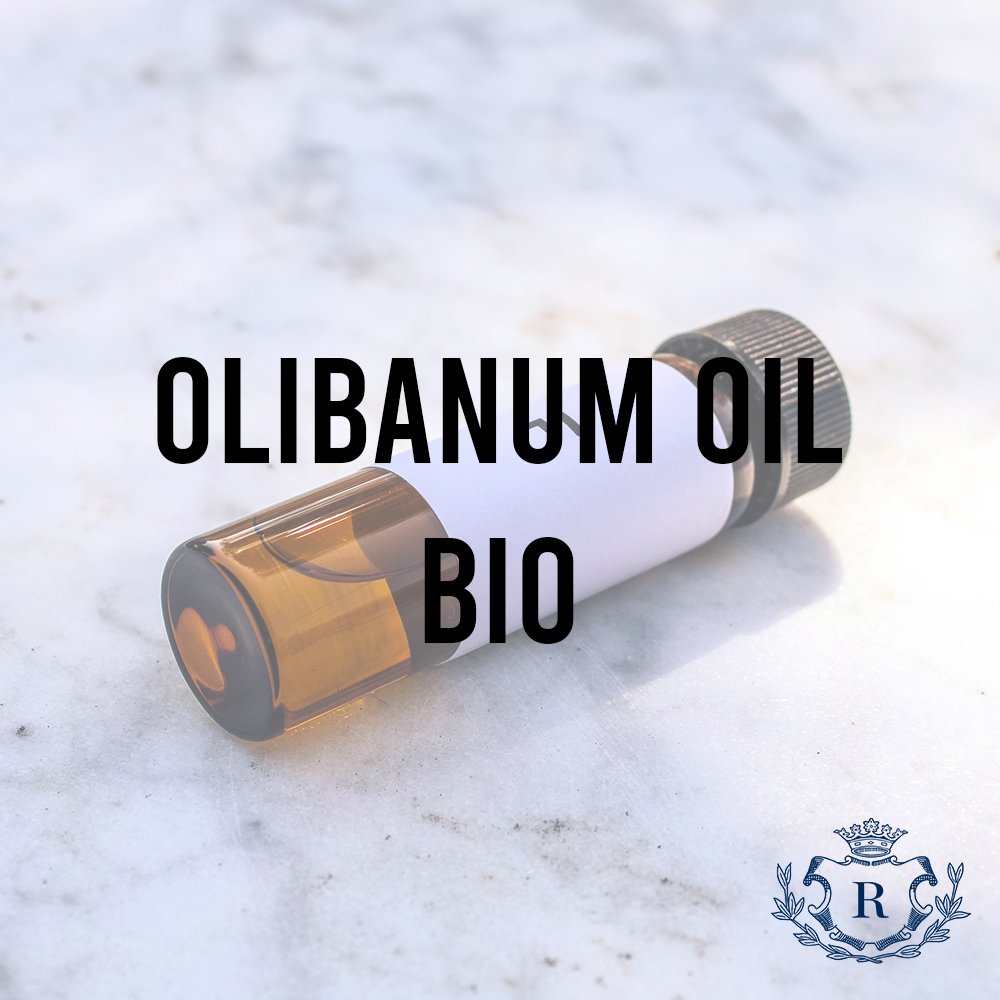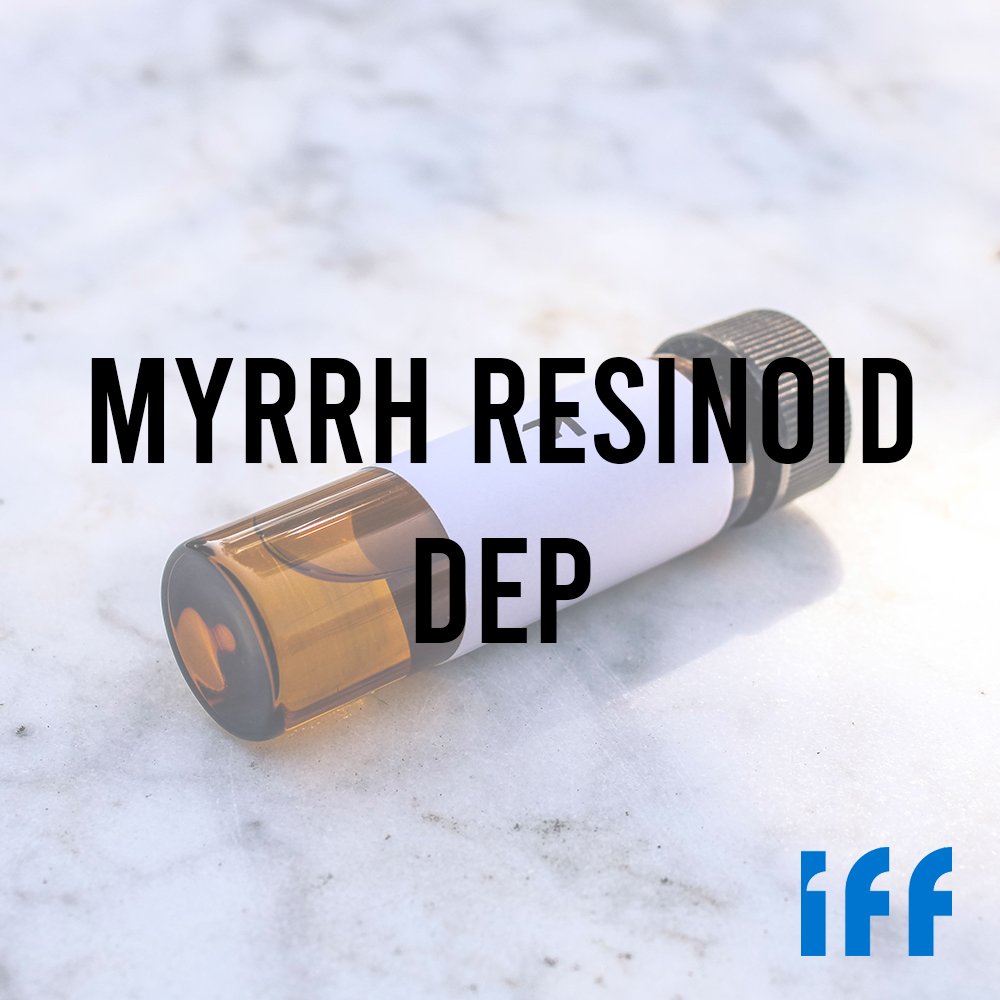Technical Ingredient Overview
🔎 Chemical Name — 4-Methoxybenzyl alcohol
🧪 Synonyms — Anisyl alcohol, Anise alcohol, p-Methoxybenzyl alcohol
🧬 Chemical Formula — C₈H₁₀O₂
📂 CAS — 105-13-5
📘 FEMA — Not assigned
⚖️ MW — 138.17 g/mol
📝 Odor Type — Sweet, floral
📈 Odor Strength — Moderate
👃🏼 Odor Profile — Mild, sweet, floral with subtle balsamic and powdery nuances
⚗️ Uses — Fragrance component, flavoring agent
🧴 Appearance — Colorless to pale yellow liquid
What is Anisyl Alcohol?
Anisyl alcohol, chemically known as 4-methoxybenzyl alcohol, is a naturally inspired aromatic alcohol that is predominantly used in perfumery and flavor applications. It presents as a colorless to pale yellow liquid and features a characteristically gentle, sweet-floral scent with powdery and balsamic inflections. Owing to its balanced volatility and olfactory softness, anisyl alcohol is a favored modifier in floral, gourmand, and balsamic compositions.
Historical Background
Anisyl alcohol occurs naturally in trace amounts in essential oils such as anise and fennel. Its name derives from its historical association with anise-derived compounds, although modern production is almost entirely synthetic. The compound was first isolated in the 19th century during explorations of plant-derived aromatic alcohols, and its controlled synthesis was later optimized via the reduction of anisaldehyde, itself a product of methylation of p-hydroxybenzaldehyde (Sell, 2014). Its historical use in perfumery reflects the turn-of-the-century fascination with benzyl-type aroma chemicals that offered both affordability and elegance.
Olfactory Profile
Scent Family — Floral/Vanillic
Main Descriptors — Soft, floral, powdery, balsamic
Volatility — Mid-note
Tenacity — Moderate
Diffusion — Subtle and intimate
In perfumery, anisyl alcohol is used as a floralizer, lending an innocent sweetness that recalls hawthorn, heliotrope, or a powdered rose. While not powerful, it acts as an important modifier, enhancing creamy-floral accords and rounding off aldehydic or spicy compositions. It is often used in conjunction with heliotropin, benzyl salicylate, and coumarin to produce classic floral-balsamic effects. Notable for its fixative contribution despite moderate tenacity, it lends diffusivity without sharpness, making it valuable in both fine and functional fragrance development.
Industrial & Technical Uses
Outside of perfumery, anisyl alcohol is utilized as a flavoring agent, albeit in smaller volumes. Its delicate sweet profile finds minor use in bakery and confectionery formulations, where it imparts a soft floral background note (Arctander, 1960). It is also found in personal care products, room sprays, and cosmetics due to its agreeable scent and low odor threshold.
Regulatory & Safety Overview
Anisyl alcohol is regulated under IFRA Standards due to its potential for dermal sensitization. As per IFRA Amendment 51 (2023), maximum allowable concentrations are set across product categories to mitigate risk:
Fine fragrance (Category 4): Max 0.21%
Deodorant/Antiperspirant (Category 2): Max 0.039%
Leave-on face products (Category 5): Max 0.1%
It is not listed as a known allergen under EU Regulation (EC) No 1223/2009 Annex III, but precautionary usage is recommended especially in rinse-off vs. leave-on applications. Toxicological studies indicate low acute toxicity, and it is generally considered safe when used within the specified limits (ECHA, 2023; IFRA, 2023).
References
Arctander, S. (1960). Perfume and Flavor Chemicals (Aroma Chemicals). Montclair, NJ: Author.
Sell, C. S. (2014). The Chemistry of Fragrances: From Perfumer to Consumer (2nd ed.). Royal Society of Chemistry.
European Chemicals Agency (ECHA). (2023). Substance Information: Anisyl alcohol (CAS 105-13-5). https://echa.europa.eu/
International Fragrance Association (IFRA). (2023). IFRA Standards - 51st Amendment. https://ifrafragrance.org/











